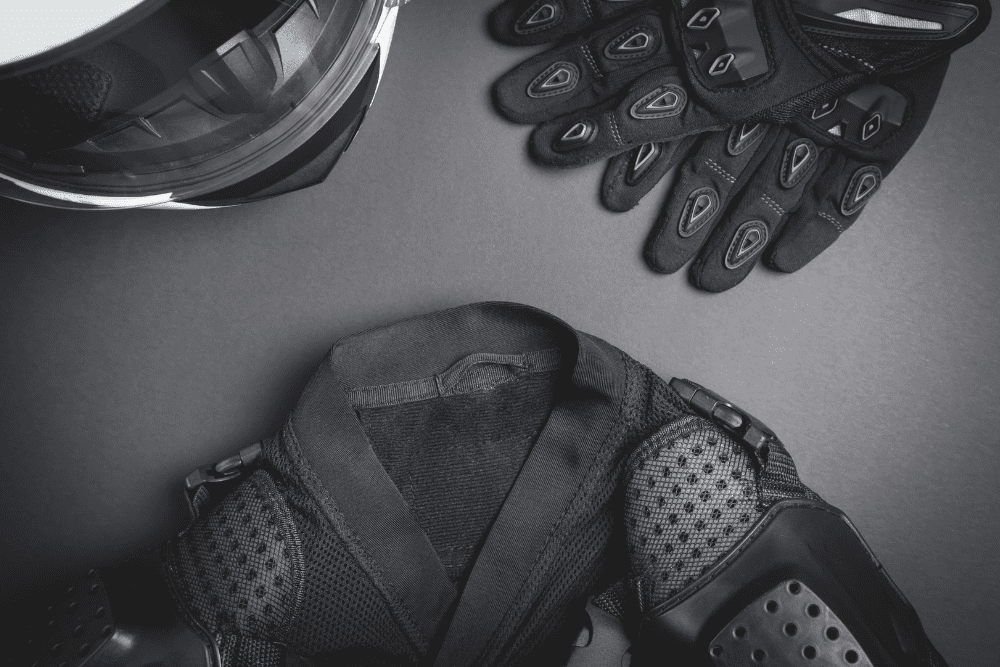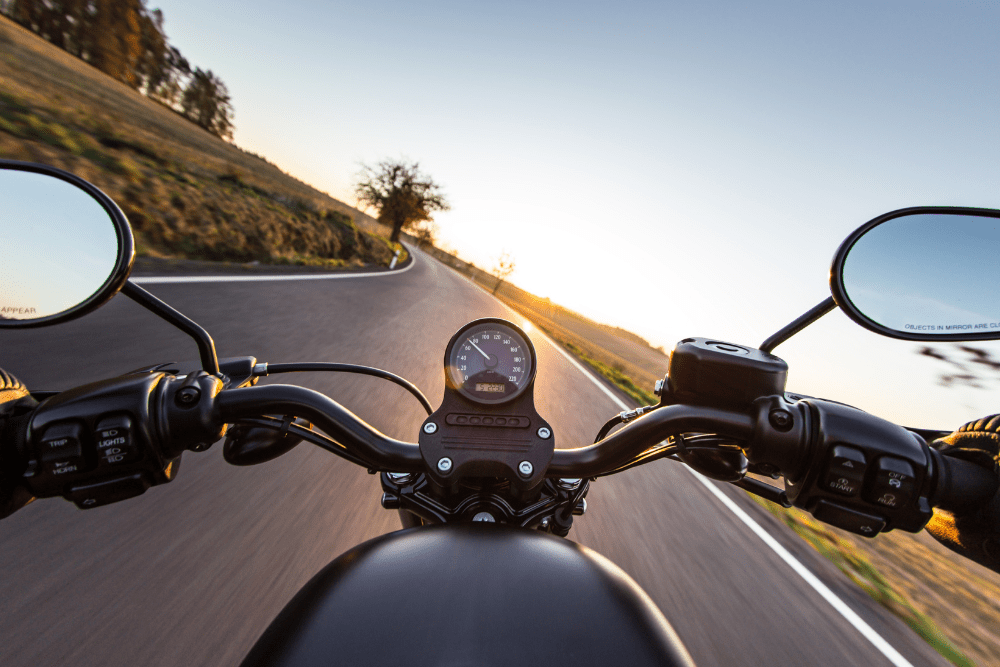What Motorcycle Riders Can Do to Help Stay Safe
As sunny summer days take the reins, drivers might notice more motorcycles on the road.
If you’re a motorcycle enthusiast, you already know it’s the perfect time of year to cruise. Even if you appreciate your bike more for gas savings than leisure, you’re likely still enjoying the commute without rain or snow.
For every moment of spontaneous freedom, though, any seasoned motorcycle rider will remind you to stay vigilant.
Just this week, a motorcycle rider and passenger crashed near Minnesota Highway 43. Neither wore a helmet. Luckily, the passenger only sustained minor injuries. However, the driver remains in uncertain condition with life-threatening trauma from the accident.
The reason is simple: motorcycles lack the same protection as cars. By nature, their riders are simply more vulnerable. Because of this, you want to do all that’s within your power to stay safe on the road.
Read on for top tips on motorcycle safety.
Pay Attention
Experienced motorcyclists will say your number one defense on the road is your own attention. Part of that means knowing the law, because motorcycles follow some different laws from automobiles.
For example, motorcycles and bikes are allowed to proceed through red lights after a reasonable amount of waiting time when it seems safe. This is because traffic light sensors can’t always detect bikes, since they’re so much smaller than cars.
The red-light run law does ask the motorcycle driver to use common sense, however. They should proceed only if the intersection remains empty, and any approaching vehicles are far enough away to be a negligible threat. Like cars, motorcyclists must come to a complete stop first to assess the situation.
This is one of many instances where a motorcycle might have the right of way, but they should still move with caution. If a car doesn’t see you crossing a red light, the impact has real consequences — even if you ran it legally.
Practice vigilance by checking your surroundings more than once. Make eye contact with any driver who could potentially hit you.
Note other common situations to practice the eye-contact rule:
- Turning right at a red light
- Driving straight when a left-turning automobile should yield
- Driveways
- Small inlets onto larger roads
- When merging onto the highway
- When changing lanes, if possible
- When driving near a large semi-truck

Wear Safe Clothing
Buying a jacket with a cool design from a motorcycle shop won’t shield you in a wreck. You’ll want to purchase clothing specifically made for motorcycle safety.
Think of your gear as your armor. Check off these essential safety pieces:
- Fully-enclosed, tinted helmet
- Riding pants or a riding suit
- Padded vest
- Armored jacket
- Motorcycle boots
- Gloves
You’ll want most motorcycle clothes to be padded with high-density foam, carbon fiber, and Kevlar composite abrasion panels. Leather is also protective against road surfaces, should you skid.
Gloves might seem like an after-thought, but they actually help steady your hands. Don’t underestimate the power of the vibrations that motorcycle engines generate. They can send quite a shock as you try to steer.
Maintain Your Bike
Before you ride, inspect these key safety points on your motorcycle:
- Tires: check for cracks, bulges, or low tire pressure.
- Underneath where it’s parked: for oil or gas leaks.
- Lights: are your headlights, taillights, and signal lights functional?
When airing up tires, note that you fill them to the PSI listed in the owner’s manual rather than the number stamped on the tire. You’ll also want to check hydraulic and coolant fluid levels about once a week.
Continuing Education
You already had to take a course to get your motorcycle driver’s license. Why not continue that education?
You can look into further classes at the DPS, local colleges, and private driving schools. More advanced courses teach street-riding techniques and crash-avoidance maneuvers.
Training and practicing will help you keep a cool head when you need it in real-life road situations.
Motorcycle Insurance
Though you try your best to ride defensively, maintain a sufficient motorcycle driver’s insurance policy in case accidents do happen.

Body injury liability and property damage liability policies will come in handy. The former will help cover expenses related to injuries, including medical bills, while the latter helps pay for repairs to anyone else’s marred property — cars, fences, houses, and so on.
To protect your own motorcycle, you’ll want to look into collision and comprehensive coverage. Collision coverage will compensate you for your bike if another vehicle crashes into it. Comprehensive covers just about anything else that could come into contact with your motorcycle. If you plan to do a lot of off-roading, comprehensive might be especially useful.
About the Author:
A former Assistant Public Defender for the Sixth Judicial District in Duluth and former staff attorney for the Indian Legal Assistance Program, Brent R. Olson is an experienced trial lawyer who has appeared in every Courthouse in the Sixth Judicial District and taken over three dozen cases to verdict. At LaCourse, Poole & Envall, Mr. Envall focuses on family law, workers’ compensation, and criminal defense. He has a strong belief in restorative justice and helped to develop the Domestic Violence Restorative Circles program.
















